Dennis Donohoe, farm manager with Aminya Pastoral, is a seasoned producer with decades of experience, and his story is a testament to how even minor changes in farming practices can lead to significant improvements in productivity and land health.
Words by RCS Senior Advisor and Coach Nic Kentish (pictured)
23/04/24
There’s a phenomenal level of old wives tales around fodder conservation and feeding out hay. My old boss used to love to announce at the end of every hay-making season that “Hay in the shed is like money in the bank!” I never questioned him, but I did know that quite a bit of his money had to come out of the bank to cut, rake and bale the stuff because the contractor told me how much he was going to be paid!

The season in SA and Tassie is particularly tight right now with little or no useful rain since early January and a generally failed 2023 spring prior to that. Right now, across southern Australia and much of the eastern NSW, you won’t need to drive far out into the countryside to see cattle and sheep grazing (and lying on) hay and silage trails lined across paddocks. As ANZAC Day approaches and the average autumn break day looms closer, cows, sheep and humans alike all say a little prayer of some kind to hopefully soon relieve the feeding-out pressure.
One view of stored fodder is that it allows for a season to fail and for farmers to feed out to retain their herds and flocks until green feed grows again. It fills a feed gap. Another view of stored fodder is that it means a farmer can supplement some energy and protein (assuming it is baled as high quality and not spoiled by rain) when one or the other is in short supply through the season.
Both are questionably valid arguments and heard often because they assume that the stored fodder is fed as a feed supplement, that is it supplements the grass that sheep and cattle would normally eat. The problem is that it shifts from being a supplement and becomes a substitute very quickly as paddock dry feed runs out and dependency upon carried-in feed increases.
Do the sums. Pasture hay is selling in Victoria today for around $220/t. This is not the total cost of feeding it out since there is freight, handling, machinery R&M, labour and depreciation to account for but let’s just say it’s a round figure of $250/tonne or 25c/kg. A 600 kg cow consuming 2.5% of her bodyweight will consume 15kg/day or $3.75/day or $26.25/week of that hay. That’s going to continue for probably 3 months for many farmers which will be a cash cost to the Gross Margin of $315/cow.
So long as we know those figures, it’s okay. I mean, it’s not a crime to substitute-feed livestock but we are punishing our livestock enterprises profitability to a criminal level by making them incur these costs, particularly if we haven’t budgeted for them.
Farming is highly unpredictable in Australia. We have 23 times more variability in our hots, colds, wets and drys than the next arable continent on earth. So, it’s not like tough seasons should come as a surprise. But having an enterprise that is vulnerable to unpredictability (i.e we will sink if the season fails) is too risky for my liking. I know that through learning, we can counter the risk problem. At least learn how to do a feed budget.
Interesting in learning more? Join me in the Adelaide Hills, SA in August 2024 for our Farming & Grazing for Profit school. Details here.
Profitable Paddocks is our educational newsletter sent to your email inbox every quarter.
Click the Bell for the latest blogs.

Dennis Donohoe, farm manager with Aminya Pastoral, is a seasoned producer with decades of experience, and his story is a testament to how even minor changes in farming practices can lead to significant improvements in productivity and land health.
Once you have ownership as to why planning is important, the next ingredient is to work out where and how you will do your planning. When you write something down you change your relationship with the content. I cannot emphasise enough the power of getting your thoughts and plans out of your head onto paper or the computer.
The season in SA and Tassie is particularly tight right now with little or no useful rain since early January and a generally failed 2023 spring prior to that. Right now, across southern Australia and much of the eastern NSW, you won’t need to drive far out into the countryside to see cattle and sheep grazing (and lying on) hay and silage trails lined across paddocks.
Martha Lindstad and partner Robert James are farm managers on ‘Karalee’, Enngonia NSW. Both have travelled different paths to being where they are. Martha is originally from Norway, growing up on a three hectare farm before travelling to New Zealand and eventually the Pilbara in Western Australia. It was here that she saw the benefits of sustainable farming for the country and livestock.
The Prince’s RCS mentor, Raymond Stacey, sees a strong future ahead for Simon and Laura. “The Drought Resilient Soils and Landscapes project is about supporting graziers to manage their country and businesses better,” Raymond said. “I see an operation here where they’re working hard on their planning and putting their plans into action to leave their country, business and people in better shape.”

Join our mailing list
